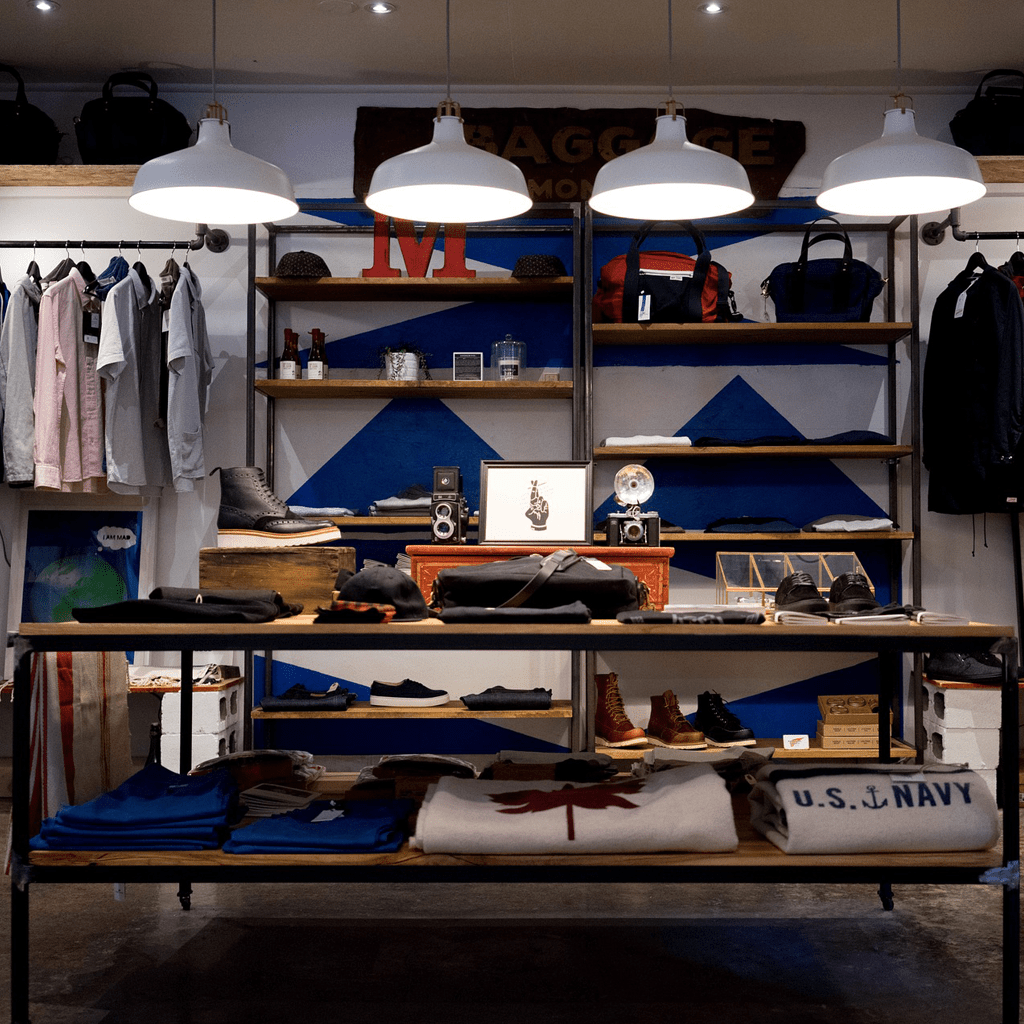In the current retail environment, creating an attractive and functional space is important for attracting customers and enhancing their shopping experience. A retail fit-out goes further than mere aesthetics; it involves a comprehensive approach to crafting an ambience that showcases your brand, engages customers, and increases sales. This guide will examine efficient spatial planning techniques, from understanding the significance of a well-executed retail fit-out to addressing the latest trends and innovations defining the industry in the next few years.
Whether you are launching a new store or renovating an current space, understanding the retail fit-out process is vital. By carefully zoning your store, choosing the right materials, and integrating your branding into the design, you can create a memorable environment that keeps customers coming back. Join us as we investigate the key components of successful retail fit-outs, providing practical insights for both boutiques and big retailers looking to improve their spaces for success.
Grasping Store Fit-Outs and The Relevance
Store fit-outs are the process of planning and constructing the inside of a shopping area to craft an appealing environment for shoppers. This endeavor includes all aspects of space planning to choosing elements and finishes that reflect the brand image. An efficient fit-out is essential as it can significantly affect how customers perceive the space and buying behavior. A well-designed environment merely leaves favorable first impression in addition enhances interaction with shoppers and satisfaction.
The value of a retail fit-out extends beyond just looks. A thoughtfully designed store design can facilitate a better movement of customer traffic, making it simpler for customers to move through the space and discover products. This can result in increased sales as clients are pushed to check out and make impulse purchases. Moreover, the correct design elements, including lighting and color palettes, can trigger feelings and enhance the complete shopping experience.
Allocating resources in a skilled retail fit-out is important for companies wanting to make a mark in a competitive industry. Starting with enhancing the use of space to integrating new design trends, a well-executed fit-out can deliver a significant payoff. By aligning the physical environment with the company’s values and what customers expect, businesses can develop a distinctive retail experience that builds loyalty and promotes expansion.
The Retail Fit-Out Process: Steps to Success
To initiate your retail fit-out process, it is essential to begin with a comprehensive plan that defines your vision and goals. This entails conducting thorough market research to understand customer preferences and industry trends. Collaborating with stakeholders, including designers, architects, and contractors, can offer valuable insights into the feasibility of your ideas. Creating a thorough design brief will serve as a roadmap, emphasizing specific requirements such as store layout, branding elements, and any technological integrations that will enhance the customer experience.
Once the planning phase is finished, the next step is to establish a clear project timeline and budget. This is where you will map out key milestones and assign resources effectively. It is important to consider not only the costs associated with construction and materials but also likely hidden expenses that could arise. Regular communication with contractors and vendors will help ensure the project on track, staving off delays and making sure that everyone is aligned with the project's objectives.
Finally, as the fit-out progresses, monitoring the execution phase is essential to ensure that everything adheres to the initial design and quality standards. Conduct consistent site visits to oversee the work being done and address any issues promptly. Once https://refurbishmentsuk.co.uk/best-retail-fit-out/ -out is approaching completion, plan for a seamless transition to operations, which includes final inspections, installations, and staff training. This systematic approach will establish the foundation for a successful retail environment that not only meets your expectations but also delights your customers.
Expense Management and Sustainability in Commercial Fit-Outs

Successful expense management is crucial for a successful commercial fit-out. By creating a detailed budget that details all potential expenses, businesses can prevent unexpected costs that might occur during the renovation. This includes not only the visible costs such as resources and labor but also concealed costs that may manifest later on. Effective preparation and distribution of resources allow for greater control over cost effectiveness, guaranteeing that the fit-out remains within budget while still satisfying quality and appearance expectations.
Integrating sustainability into the fit-out process can also yield long-term cost reductions. Selecting green resources and low-energy options can lower overhead expenses significantly. Eco-friendly practices not only add to decreased utility expenses but also boost the overall appeal of the retail space, drawing in a growing segment of environmentally conscious consumers. Organizations should think about adopting sustainable solutions that may have higher upfront costs but lead to substantial gains and advantages over time.
Furthermore, green initiatives in store renovations aligns with modern buyer preferences, making it a clever business strategy. As clients increasingly prefer businesses that demonstrate environmental responsibility, businesses can strengthen their brand image while boosting profits. Highlighting a focus to sustainability can create a market advantage, allowing companies to engage with their customer base. Ultimately, combining strong expense management with sustainable practices can yield both cost benefits and improved customer engagement in the commercial sector.
